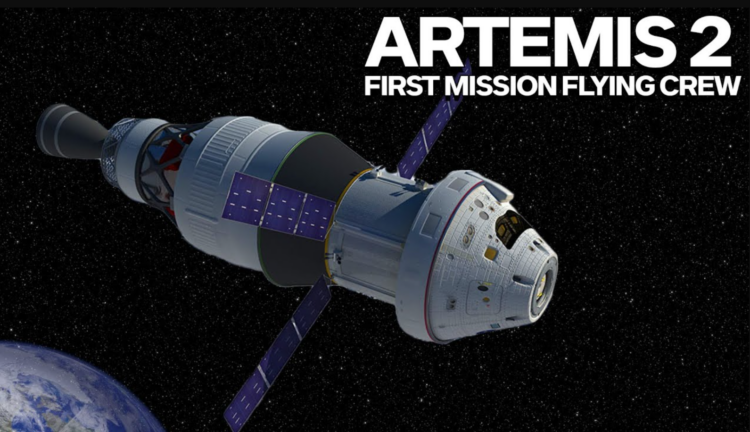Four astronauts will spearhead humanity’s return to the Moon for the first time in nearly half a century, as Nasa prepares to unveil their identities. The four astronauts will embark on the Artemis-II mission for a tour around the Moon, paving the way for the Artemis-III mission to settle on the lunar surface.
18 astronauts preparing for the Moon will choose the last four.
Three of the four astronauts will be American, while the fourth will be Canadian. “One mission. Four astronauts. On Monday, April 3, we create history,” the American space agency tweeted.

From a pool of 18 astronauts who are now preparing to fly to the Moon, the last four will be chosen. As part of the Artemis program, Nasa picked 18 astronauts in 2020 to form the Artemis Team and prepare the groundwork for future human flights on and around the Moon.
NASA has said in the past that the astronauts on the Artemis crew come from a wide variety of educational and professional backgrounds. Nasa has stated, “The agency’s current lunar exploration program will land the first woman and next man on the Moon in 2024 and establish a permanent human lunar presence by the end of the decade.”
About fifty years ago, mankind last visited the moon during the Apollo mission.
Onboard the 32-foot-long Space Launch System, astronauts will board the Orion spacecraft. The new rocket is shorter and more slender than the Saturn V rockets that transported 24 Apollo men to the moon fifty years ago.
The autonomous, high-tech Orion capsule is called after the constellation, one of the brightest in the night sky. It is more spacious than Apollo’s capsule, accommodating four astronauts instead of three. NASA sent a full-size mannequin wearing an orange flight suit with Orion on the Artemis-I mission, which gathered vibration, acoustic, and other spaceflight data to assist humans when they strap into spacecraft.
The American space agency plans to send astronauts on a second lunar trip in 2024. Artemis-II is a 10-day mission that will orbit the Moon with four people and return them safely, clearing the way for Artemis-III, in which humans will land on the lunar surface.

